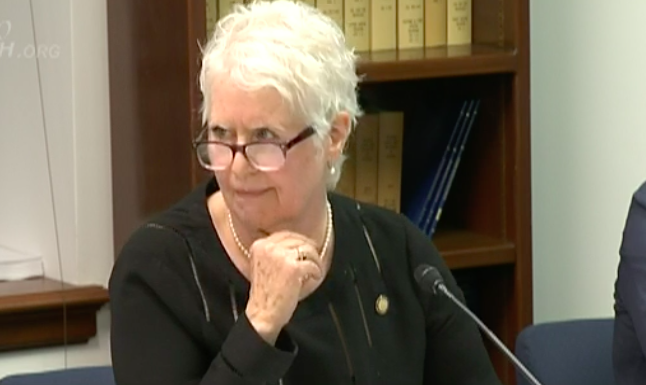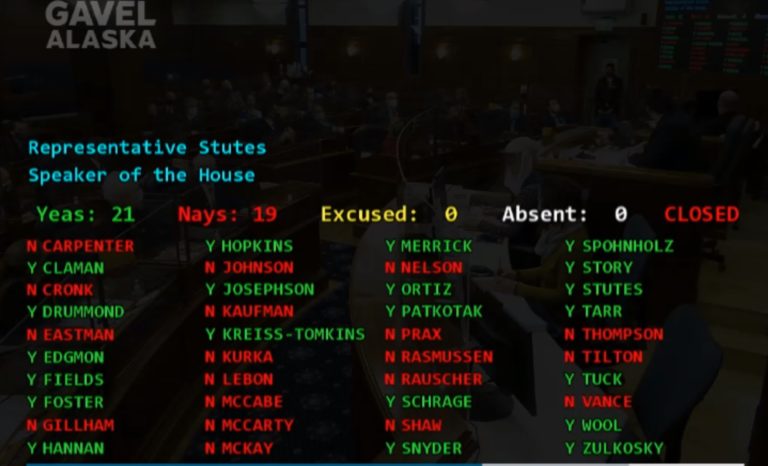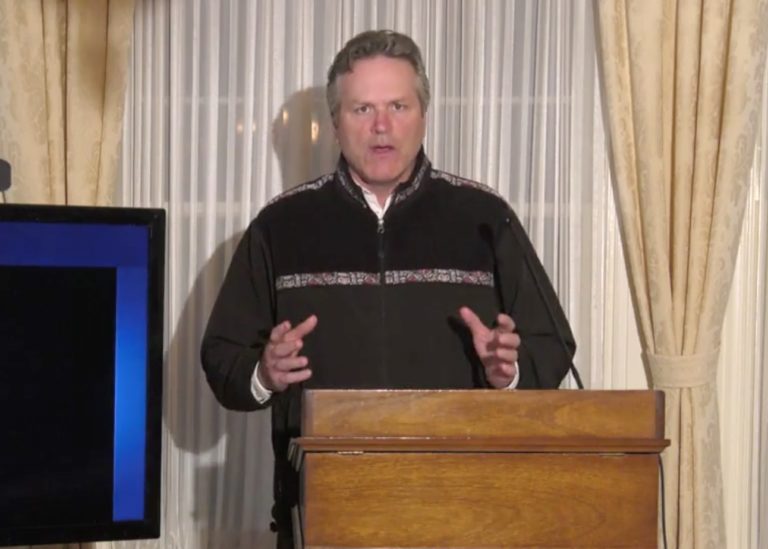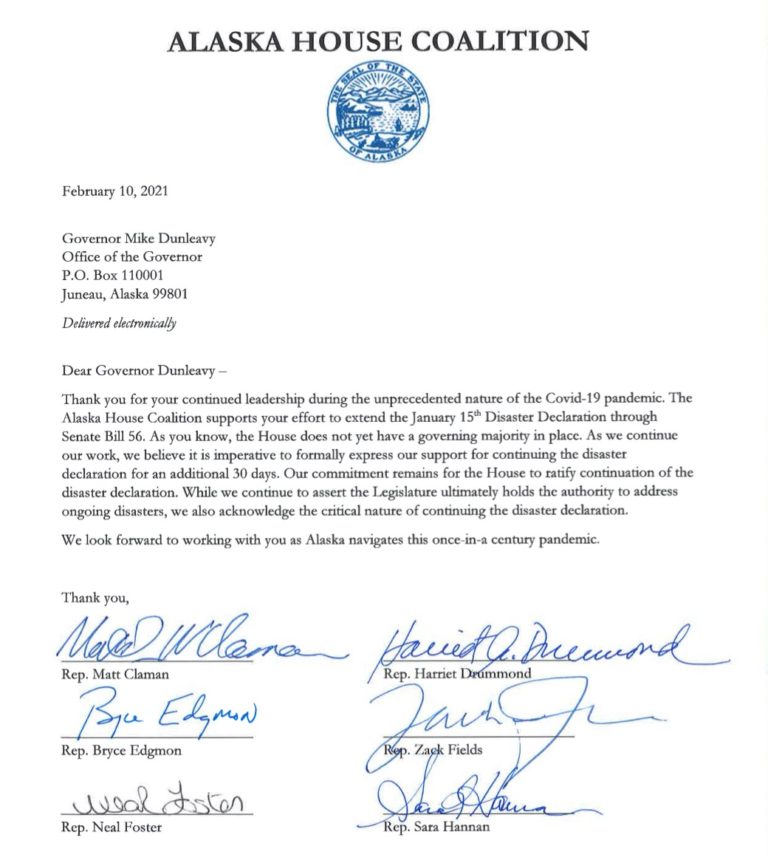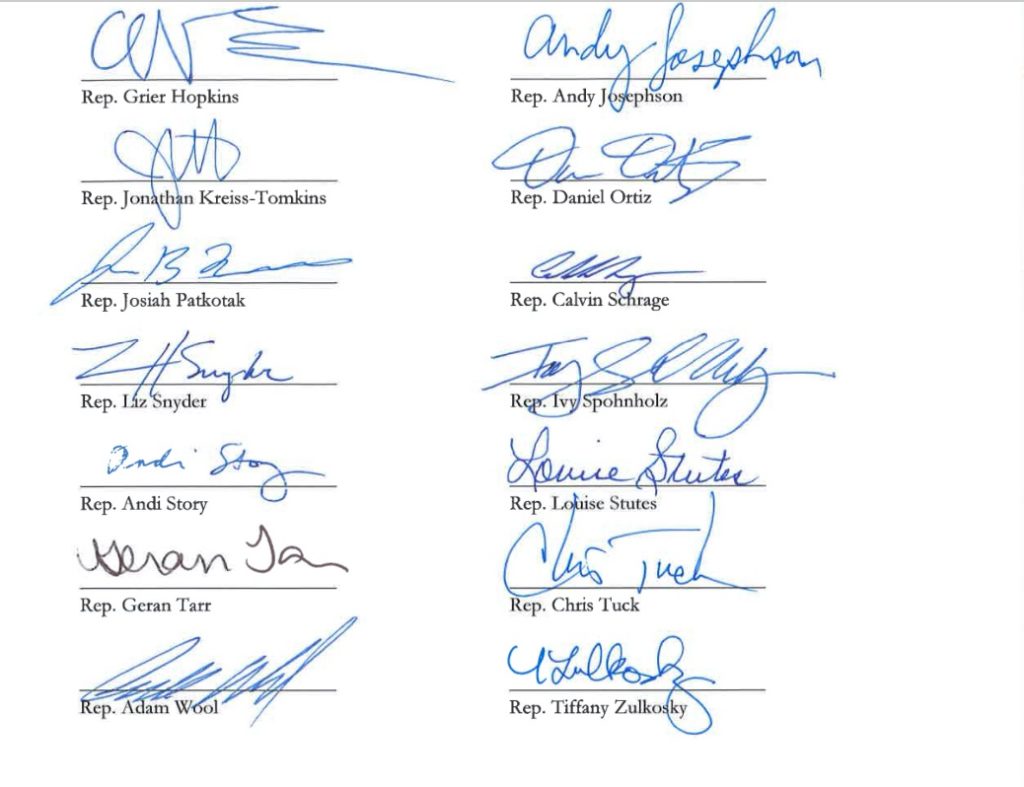Another February in an odd numbered year, and another unorganized Alaska State Legislature.
Not that anyone is surprised by this. Hundreds of thousands of special interest dollars and unsavory tactics were used to knock off Reps. Lance Pruitt and Mel Gillis to ensure that Republicans did not have the chance to keep the organization under their leadership.
How is this situation going to be resolved, and how is this different than two years ago?
Let’s start with the latter: Two years ago the expectation that (now former) Reps. Jennifer Johnston and Chuck Kopp were going to jump and join the Democrats was widespread among politicos. They needed their “reason” to jump and (now former) Rep. Gabrielle LeDoux-and-Crew had shown them the model two years prior.
Johnston and Kopp hesitated. They saw what happened to (now former) Rep. Paul Seaton and the flack that the others received. Hubris got the best of them.
The Fairbanks caucus jumping ship from the Republicans just added to the carnage with (now former) Rep. Tammie Wilson and Rep. Bart LeBon being more of the surprise jump.
Rep. Steve Thompson had been courted for years and was rumored to be in his last term in office, so his jump to the Democrat-led coalition was not as big of a surprise. This year, Johnston and Kopp are outside looking in, and Wilson didn’t face the voters.
For LeBon and Thompson, the calculations have changed. They promised the voters back home they would not go anywhere, and their credibility is on the line.
Thompson would be a great Speaker and sees a chance with Pruitt out of his way, and LeBon would like a shot at leadership and a path to possibly challenging Sen. Scott Kawasaki.
The rest of the Republicans have their own reasons for sticking together. Many ran on getting a Republican majority back, and others have their own reasons for not going over to the Democrats, even though they have at least some disagreements with others on policy, a normal condition.
Basically the Republicans are not going anywhere.
Now to the Democrats: They are a top-down organization.
They don’t go over to join with the Republicans because they have been told by donors that spent hundreds of thousands of dollars to get them to this place that they may not go over.
Sure, they may fight for who is the top and hate each other — the Spohnholz, Edgmon, Tuck savagery comes to mind — but stepping out makes their benefactors mad and puts their future in politics in jeopardy.
Josiah Pakatok showed himself to be the most powerful person in the House when he was unanimously voted Speaker Pro Tem. Why? The Democrats don’t have the numbers, and can’t afford to lose him and Republicans cannot get over the hump without him.
He also does not owe the Democrats anything; they did everything they could to prevent him from being there. It was Republican donors and even the Republican infrastructure that helped him defeat the Democrat machine so Patkotak could win.
But some of the policies or statements by the Republicans about things like Power Cost Equalization give him pause to jump in head first with the Republicans. Both sides know they have to curry his favor, something even Reps. David Eastman and Chris Kurka understood by their vote to make him Speaker Pro Tem.
So what do you do in the light of all of this? Maybe it is time to start talking about the Montana Plan.
Alaska is not the first state to have an evenly divided body. In the last 20 years, Montana has had it twice, Colorado and even Oregon have had splits. Usually, but not always, over time it is the House with the split due to the likelihood that it is the House with an even number of members or a lieutenant governor playing a role in the upper chamber (much like the role Vice President Kamala Harris gets to play now in the U.S. Senate).
As ranked choice voting will usher in a new environment of loyalty or non-loyalty to a party, and the fact that a split chamber has happened twice in the last two cycles and almost happened with the Senate, it is probably time to start talking about giving the lieutenant governor a role in tie breaking. But that is a subject for later.
What is the Montana plan?
For the House, it would be shared everything: Co-Speakers, Co-Committee Chairs, and agreement that nothing happens without the other side agreeing.
Basically engineered so at least it allows the opportunity for the budget and other required things to make it through the process.
How would this work? Some of the things to consider seem shallow to those of us outside the bubble of the Capitol, but are so important to the fragile egos of legislators.
There would still be two caucuses. The Speaker would be an agreed upon alternation of who presides maybe every other week or floor session between each side, and decisions would be agreed on by both co-speakers such as which committees a bill is assigned.
When one Speaker is not presiding, the other is the Majority Leader. Co-Rules chairs would have to sign off on bills being calendared, and they could both sign off on staff or let each one handle their own caucus.
Committees would also have similar agreements; alternating the gavel and no legislation would be heard or move out of committee without the agreement of both chairs.
Montana did have a provision called a Silver Bullet that gave chairs one free pass that could move a bill without the agreement of the other chair. It did not guarantee passage or even that it would move out of the next committee. It would help move the bill once. That could be a sticking point for the Rules committee, but the rest would have backstops.
Committee membership is answered with the option of increasing or decreasing all committees to make them even numbered so there can be even numbers of both sides sitting on those committees. For Finance, they might even have to have to have four co-chairs — two for the Operating Budget and two for the Capital Budget/bills.
The problematic chairs, of course, are the joint Senate/House committees. The House has the chair of the Legislative Council this term and the vice chair of the Legislative Budget and Audit Committee, as well as the yearly rotating of the Joint Armed Services Committee.
In theory, the Chairs of Legislative Council and LB&A are protected by statute once appointed, as evidenced during the 1981 coup, but when Edgmon removed Rep. Sam Kito several years back, he set a precedent.
Now to the stuff only legislators care about — offices and staff. Offices would be assigned by seniority. And Speaker and Majority leaders would swap after a year. Rules co-chairs would do the same unless they have agreement.
Staff is where this could get expensive. Usually everyone in the majority gets a chair, which is how majority members get a third staff — usually Range 19.
If the two Speakers get four or five staff, one of which is a Range 24, and two press people …. you get the drift: It gets expensive.
The reality is not everyone needs to be a chair this year. Maybe they do not need all four of the special committees. Or they just keep everyone at the 36 points they currently at which could help save some money.
The last thing to answer is why do this? For each side the reason is different, but with one unifying thing: The governor.
Gov. Mike Dunleavy has extended his emergency orders multiple times, to the disapproval of some legislators. The legality has been questioned, but if the House is not organized by Feb. 15 what happens then?
The governor can say the children in the Legislature failed their job. He may decide to extend the emergency orders. There will be those who will scream that it’s illegal, including legislators, but who is going to sue? Who will have the nerve to sue to stop the distribution of the vaccine and all of the safety measures now in place, all the testing, and reduced regulations? That person would be as popular as the Zobels.
Legislators can cry all they want, but without an organized House, Legislative Council cannot meet and therefore cannot authorize a lawsuit. Leg Council cannot approve anything without the support of a member of each body. All senators present can agree, but without a House member agreeing on any measure, it fails.
Is the House going to give the governor that much power? If you don’t like how the governor is handling the declarations then you should want to be able to shape what it looks like. And if you love what the governor is doing, (speaking to all the Democrats out there) do you really want to allow him to look like the adult in the room (not good for the recall effort).
The only solution for both sides may be to adopt the Montana plan.
Let’s be clear: They cannot massage this mess into something where they take less responsibility for whatever is about to happen, so they might as well mitigate it.
The first one to propose it gets to own the credit for breaking the logjam. Don’t all jump at once, now.
